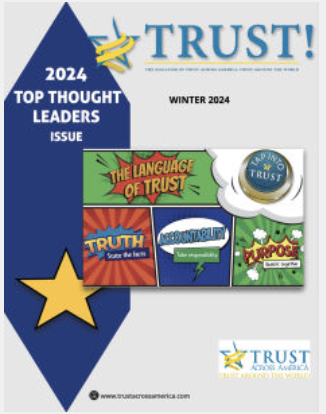
Trust Across America-Trust Around the World (TAA-TAW) whose mission is to help enhance trustworthy behavior in organizations, announces its 2024 Top Thought Leaders in Trust. The awards program, now in its 13th year, celebrates professionals who are transforming the way organizations do business.
While a growing number of global “top” lists and awards are published, no others specifically address trust. Celebrating its 16th anniversary this year, TAA-TAW has been working with a growing team of global cross-functional professionals to research the “practice” of trust and build tools to support leaders, teams and organizations who choose to build, elevate or repair trust.
According to Barbara Kimmel, CEO, ”The release of our 2024 honors brings the focus to global champions of trust. Beginning this year we will be recognizing ten professionals who inspire organizations to look more closely at their higher purpose…to create greater value for, and trust from all of their stakeholders, and understand trust is a “hard currency” with real returns. All of our honorees have made a significant contribution to the field of trust over the past 12 months. Their expertise ranges from journalism to financial services.”
The honorees can be accessed via the Winter 2024 issue of TRUST! Magazine, available at no cost at this link, including complete details on our methodology, award winners, and additional trust resources.
Nominate now for our 2025 Top Thought Leaders at this link.
Trust Across America-Trust Around the World™ is a program of Next Decade, Inc., an award-winning communications firm that has been unraveling and simplifying complex subjects for over 20 years. TAA-TAW helps organizations build trust through an abundance of resources and ever-expanding tools. It also provides several frameworks for organizations to improve trustworthy practices, and showcases individuals and organizations exhibiting high levels of trust and trustworthiness.
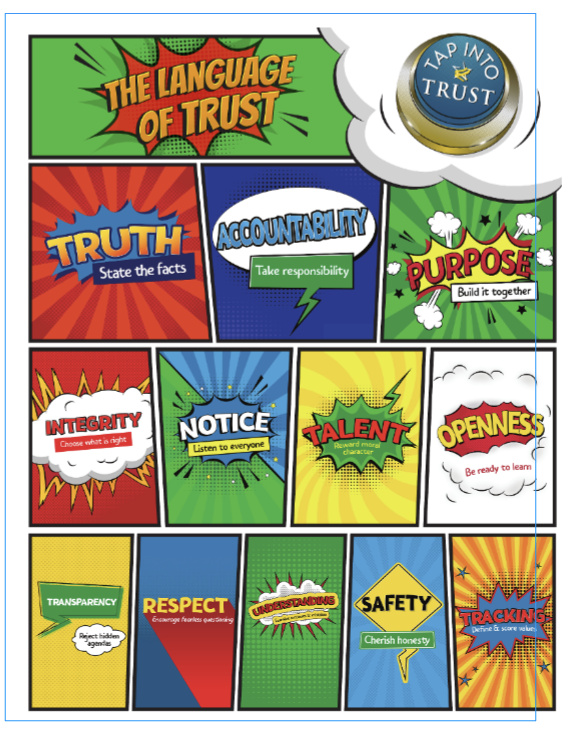
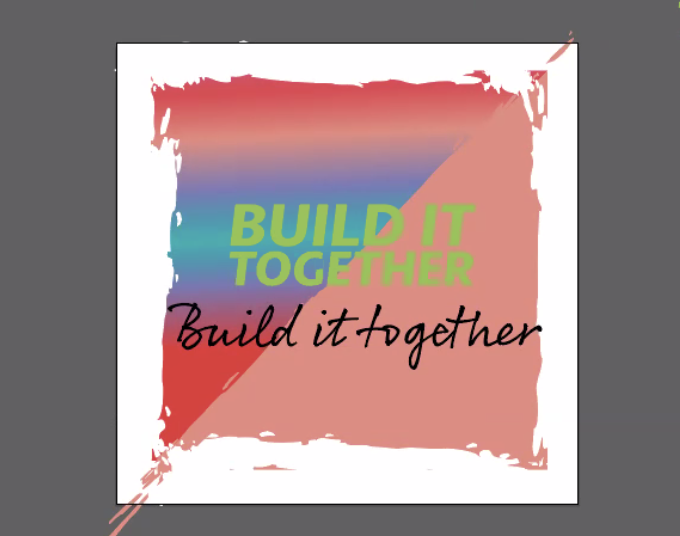
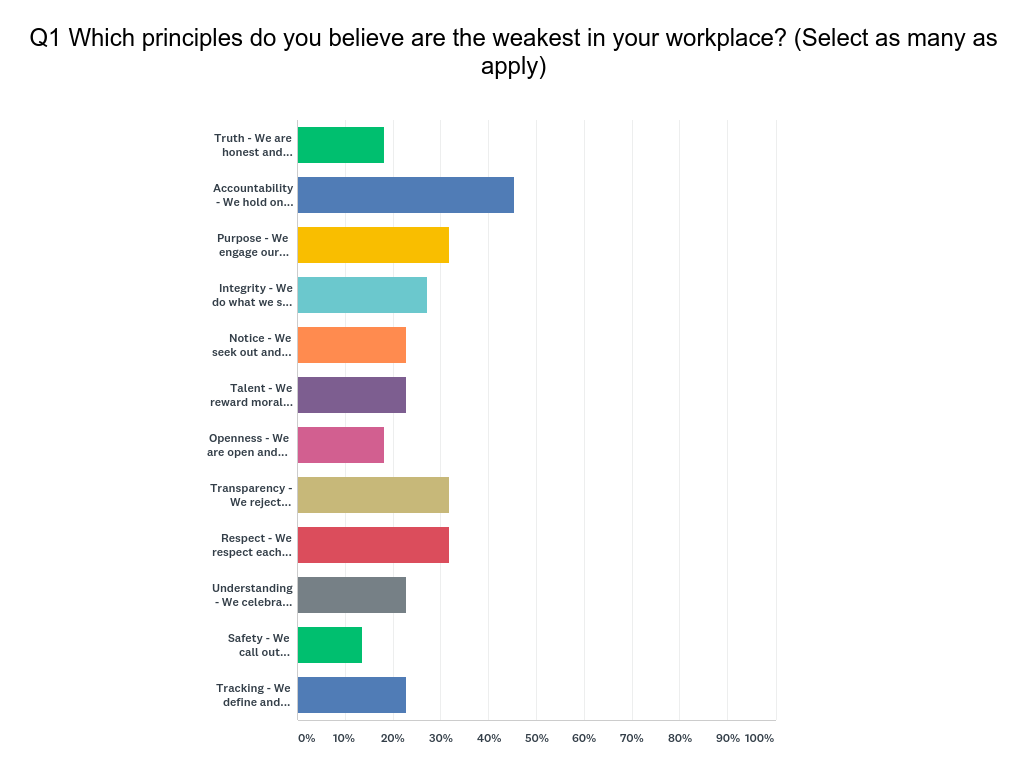
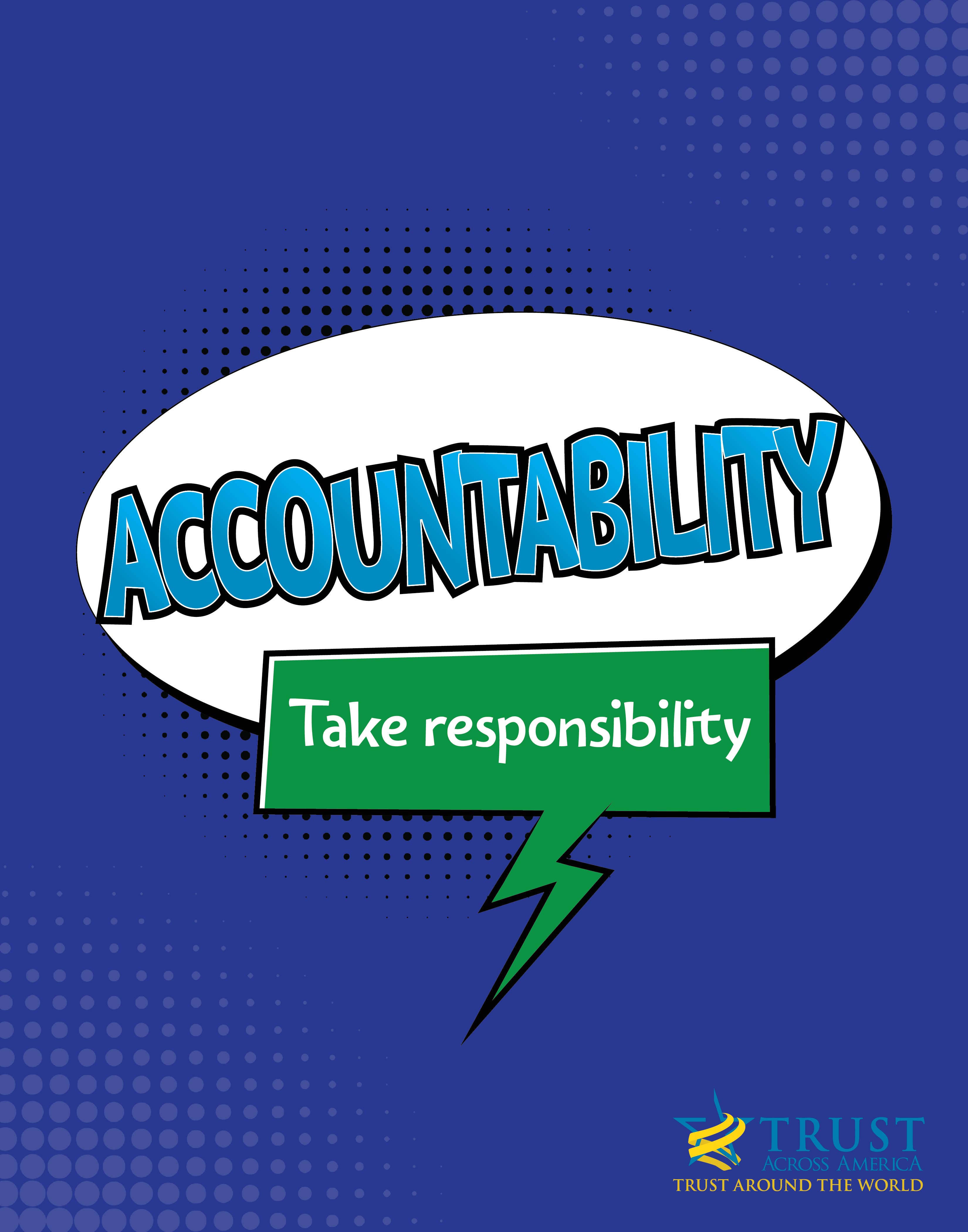
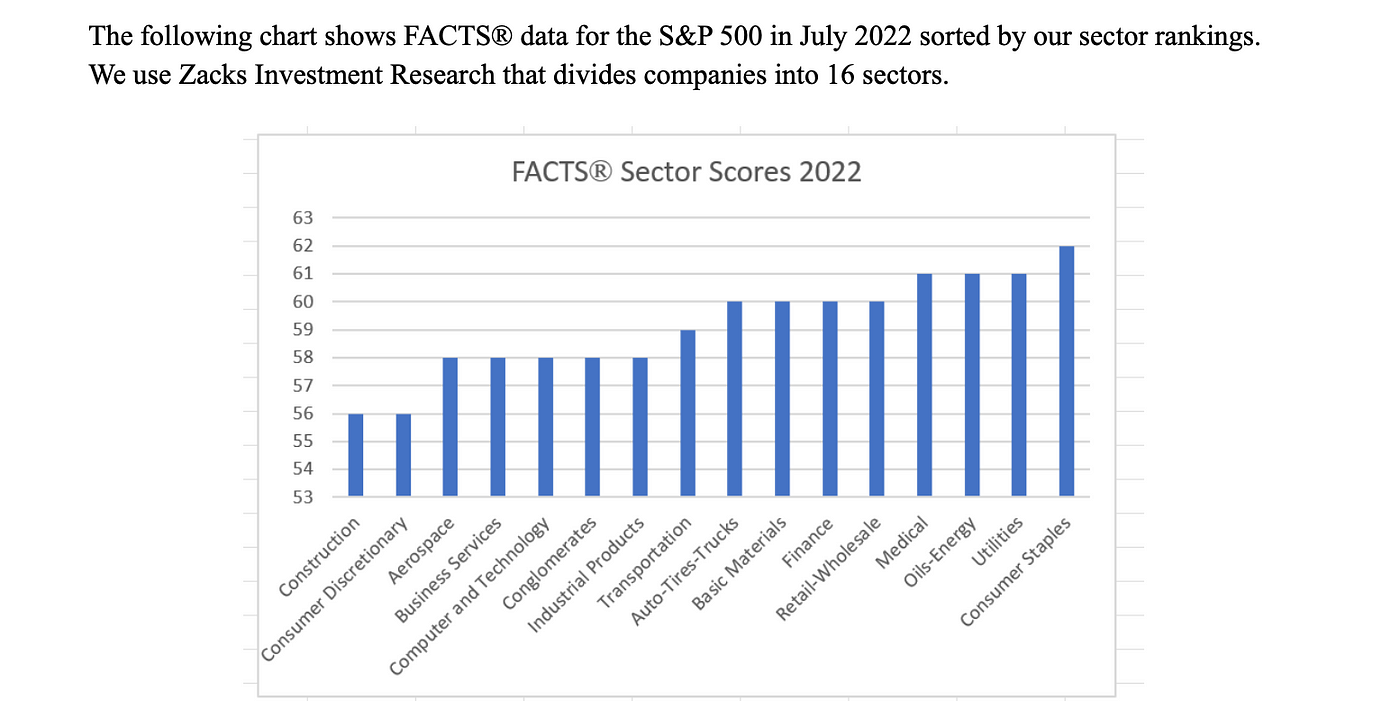
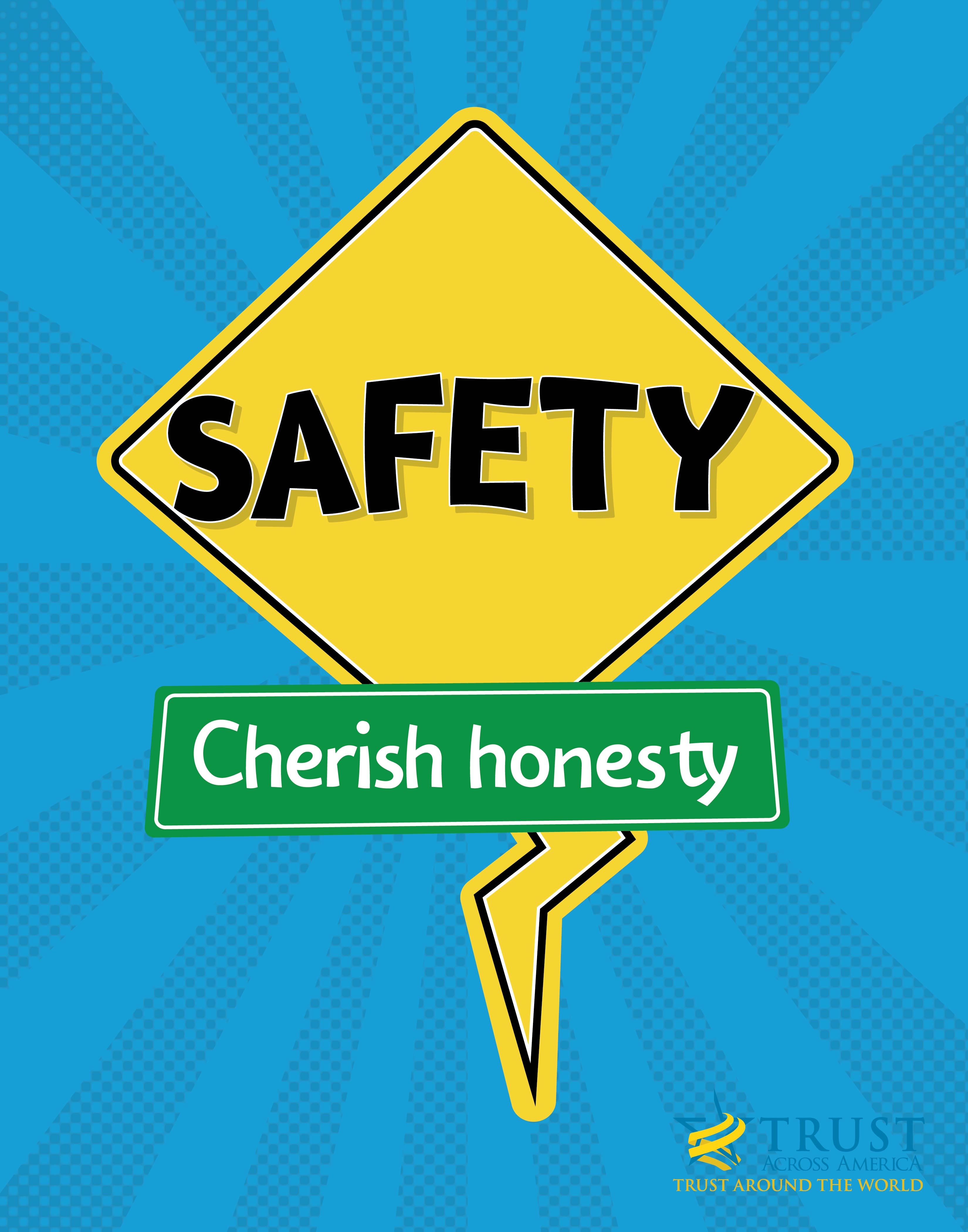
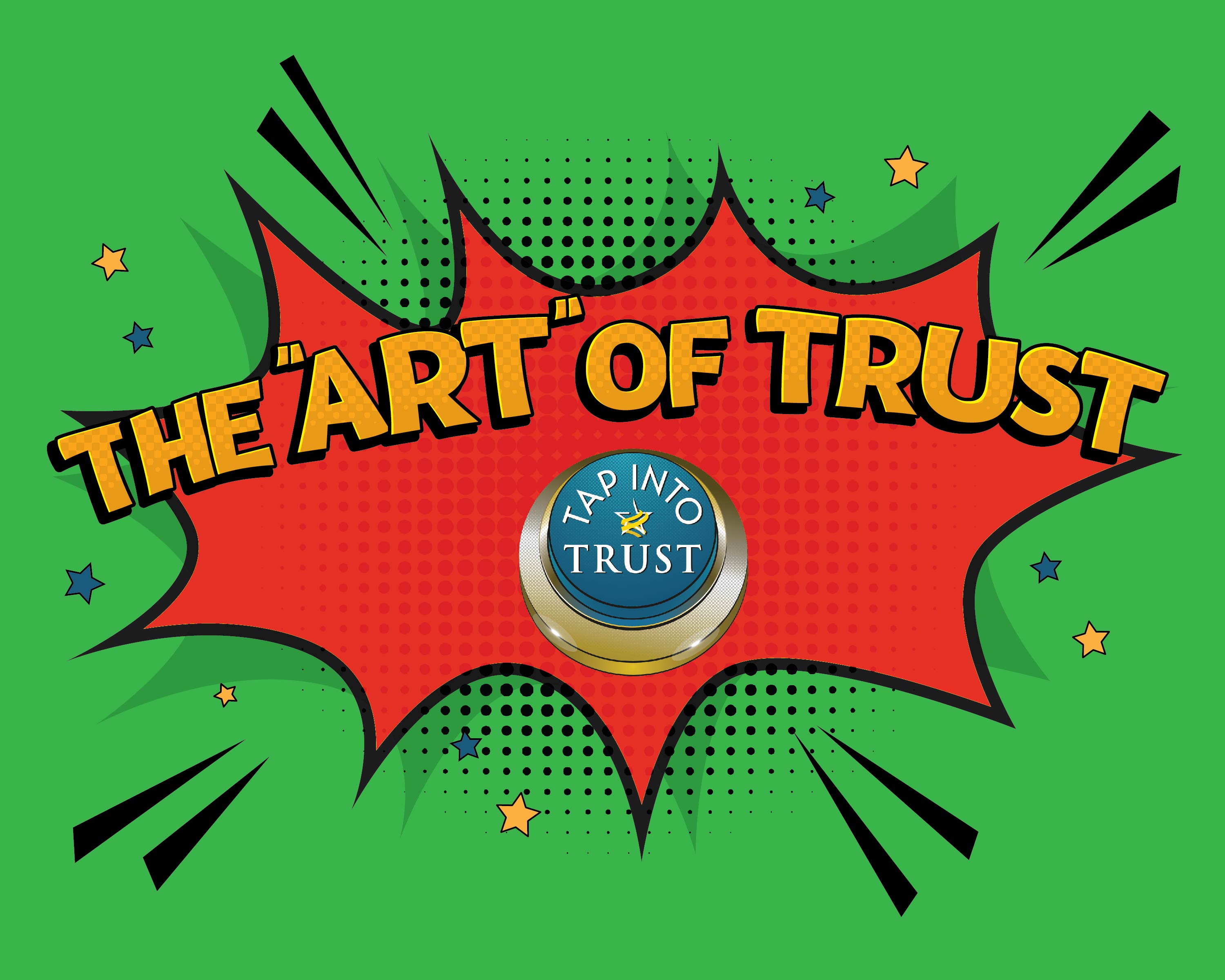
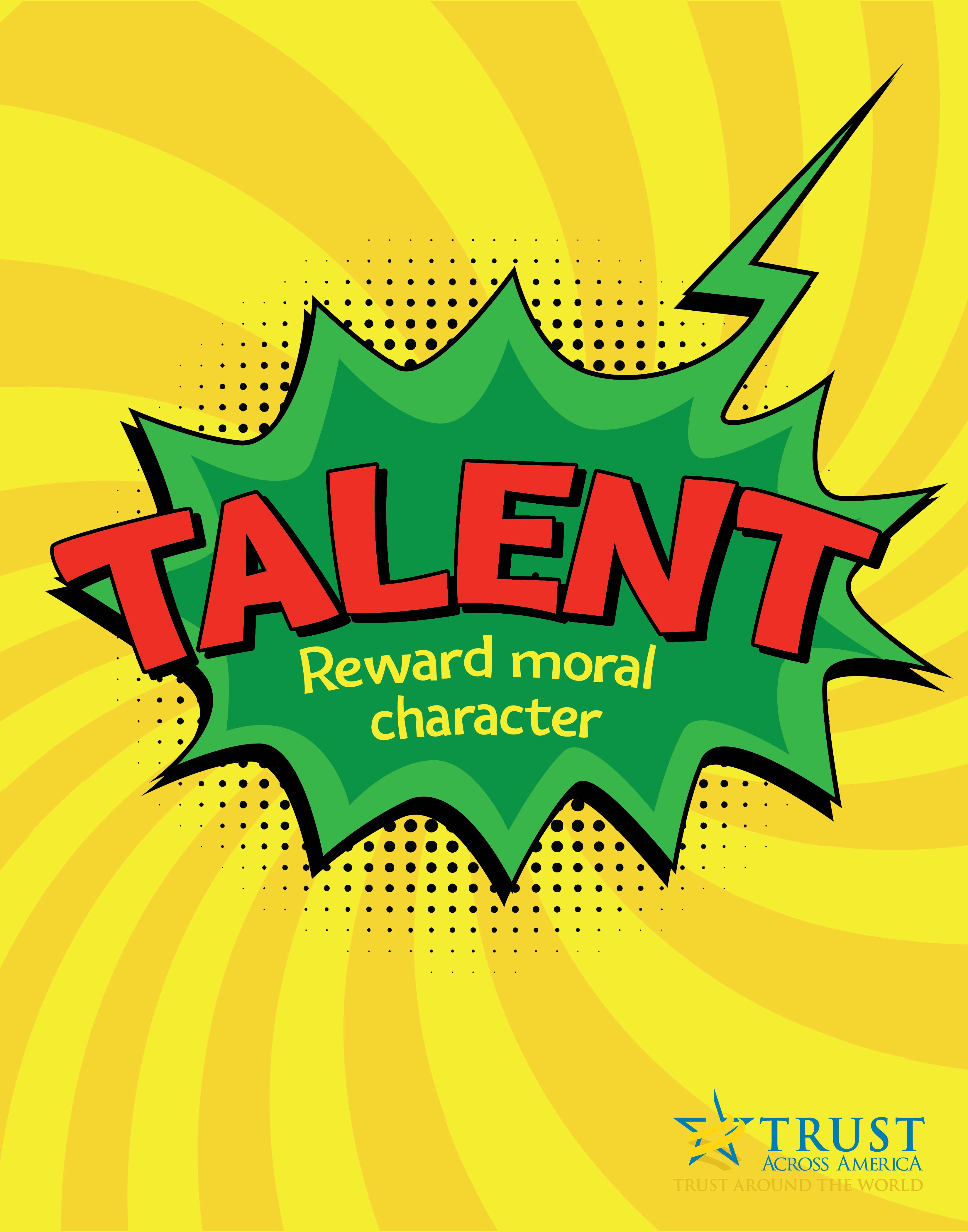
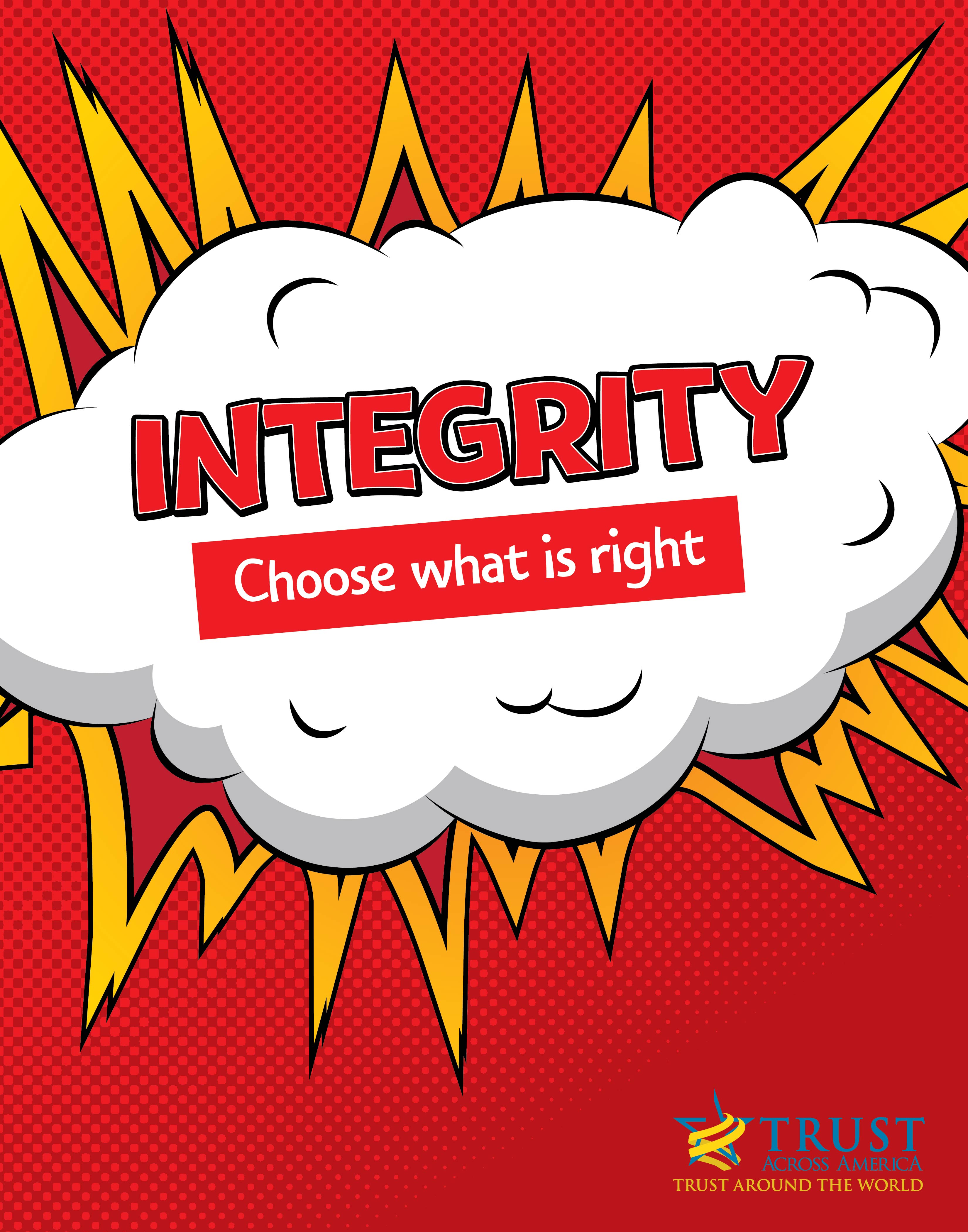
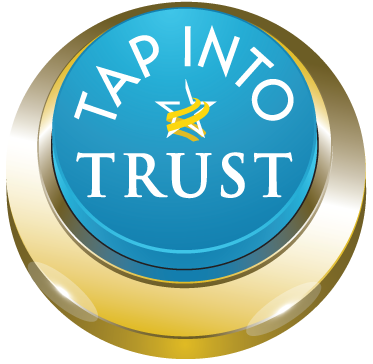
Recent Comments